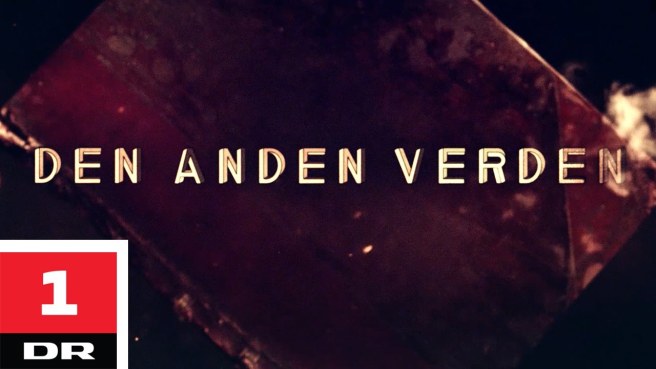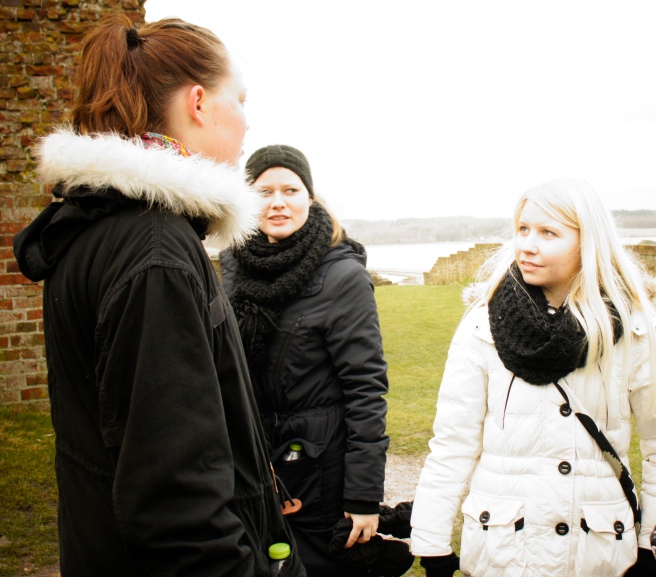I’m really looking forward to the 1st of December. And not just because I have an advent calendar full of chocolates waiting for my attention. I’m mainly looking forward to a calendar of a different kind, the annual julekalender TV series on DR1.
This year, the julekalender’s name is ‘Den Anden Verden’, or ‘the other world’. I don’t know much about the story yet (I try to avoid spoilers), but I do know that the plot will play out over 24 episodes leading right from the 1st of December to Christmas Eve.
I also know that following along with the julekalender is a very effective way to boost your Danish language skills. As I’ve mentioned previously, I moved to Denmark at the end of November in 2014, so it was perfectly timed for watching that year’s julekalender. It was called ‘Tidsrejsen’ and was really, really good. I won’t pretend that I understood everything that the young protagonists were saying in the series, but I could follow the story and managed to keep track of all the jumps between different time periods (it was a bit like watching a very, very long Doctor Who Christmas special).

My recommendation to you is to sit down on Thursday evening and give Den Anden Verden a go. Even if you struggle to understand what’s going on in episode one, you’ve got 24 episodes to get to know the characters and get familiar with the subject matter, picking up all sorts of handy vocabulary along the way. If you really need a helping hand, you can watch the episodes online on DR’s web player, which gives you the option to switch on Danish subtitles and maybe understand even more.
As well as being an entertaining learning opportunity, watching the julekalender is also a very cosy way to get in the mood for the festive season and take your mind off all the presents you need to buy during the next few weeks. Or are you one of those people who has all their shopping sorted by the end of October? I am definitely not that organised, so I need something like Den Anden Verden to help me focus on the positive, less consumer-focused parts of Christmas. And polishing my increasingly rusty Danish while I watch is a lovely bonus.
So light a couple of candles, warm up some cocoa, and relax with the julekalender. If you do watch Den Anden Verden, let me know which new words you learn in the comments below!




